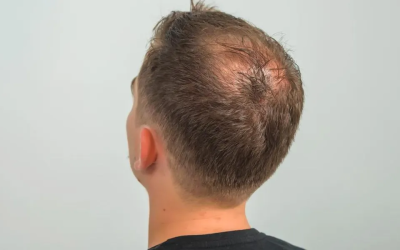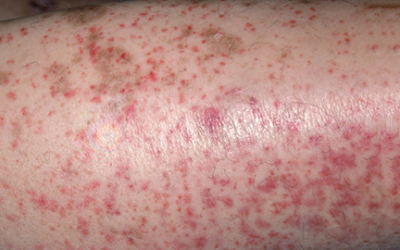Viral warts

● According to the place of origin can be divided into skin and mucous membranes
●It is common among school-aged children, but can occur at any age
● It is more common in people with dermatitis or people with weak immunity and HIV infection


Viral warts are characterized by:
● hard, rusty surface
● small red, black dots can be seen
● can be single or arranged in groups of different sizes
● warts come in different shapes: cauliflower, flat, finger-shaped
● localization: often face, soles, hands, thighs
Diagnostics
The patient’s survey and examination data are usually sufficient to establish the diagnosis. If possible, dermatoscopy of the formation can be performed. In rare cases, a skin biopsy is required
Treatment is often not needed as warts tend to disappear on their own, especially in children.
Active treatment may be necessary:
- if the patient’s immune system is severely weakened
- if complications started
- if the patient wishes for cosmetic reasons
The main goal of treatment is to remove cells damaged by the virus. If HPV remains in the body, the warts may recur.
For treatment can be used:
- applied drugs with salicylic acid, acetic monochloric acid
- cryotherapy (freezing the wart with liquid nitrogen)
- curettage or cauterization (wart removal by scraping with a curette or cauterization)
Prevention
- Do not pick warts, do not touch them with your hands, avoid direct contact with people who have warts.
- Wear your own shoes when visiting swimming pools and saunas.
- Use barrier contraception to prevent genital warts.
- Human papilloma virus infection can be prevented by vaccination, which helps prevent the appearance of warts in the genital area and anus.

Androgenic hair loss
Androgenic hair lossAndrogenic hair loss is progressive hair loss that occurs in both women and men. The most common form of hair...
Vasculitis
inflammation of blood vessel walls, which can cause damage to internal organs and skin.
Skin conditions in newborns
It is in the early period of the newborn that various adaptive changes in the skin of the newborn are observed, manifested as it adapts to new environmental conditions.



